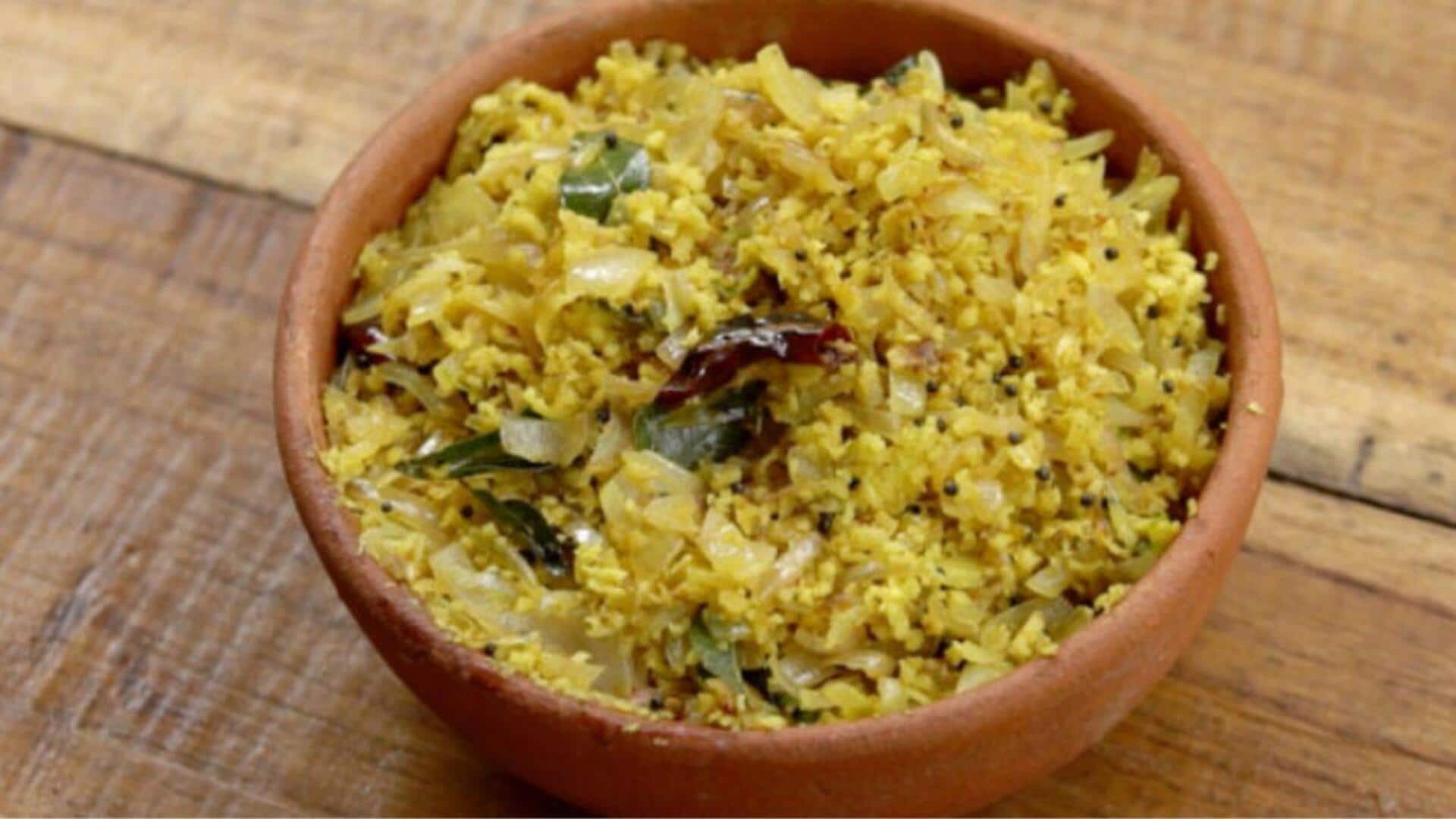
The flavorful evolution of Kerala's thoran
What's the story
Thoran, a quintessential Kerala dish, has traveled through time, evolving with the changing culinary landscape of the region. Traditionally, a stir-fry of vegetables with coconut, thoran has adapted to modern tastes and ingredients while retaining its essence. This journey reflects the broader changes in Kerala's cuisine, influenced by various factors including globalization and health trends. Here's a look at the evolution of thoran in Kerala's culinary history.
#1
Traditional roots and ingredients
Thoran has its roots in traditional Kerala cuisine, where fresh vegetables were a staple. The dish usually included locally available ingredients like cabbage, beans, or carrots. Coconut played a key role in giving it flavor and texture. This basic version of thoran was all about simplicity and highlighting the natural flavors of the vegetables.
#2
Influence of globalization
As globalization made its way into Kerala's kitchens, thoran started seeing a variety of new ingredients. Exotic vegetables like broccoli or bell peppers started making their way into this traditional dish. The fusion of global flavors with local recipes gave rise to new versions of thoran that appealed to a wider audience without losing its traditional roots.
#3
Health trends impact
The recent health trends have also affected the way thoran is prepared and served. With a focus on healthy eating habits, more people are opting for low-oil and low-sugar versions of the dish. The use of whole grains or quinoa with thoran is becoming common as people look for healthier options without compromising on taste.
#4
Modern adaptations and variations
Modern adaptations of thoran go beyond just changing ingredients; they also look at different cooking techniques. Steaming or sauteing with less oil are common practices in contemporary kitchens. These changes make thoran more accessible to health-conscious consumers who want traditional flavors without the guilt of heavy cooking methods.